Tianxiong Wang
Pseudo MIMO : An Energy and Spectral Efficient MIMO-OFDM System
Apr 09, 2024



Abstract:This article introduces an energy and spectral efficient multiple-input multiple-output orthogonal frequency division multiplexing (MIMO-OFDM) transmission scheme designed for the future sixth generation (6G) wireless communication networks. The approach involves connecting each receiving radio frequency (RF) chain with multiple antenna elements and conducting sample-level adjustments for receiving beamforming patterns. The proposed system architecture and the dedicated signal processing methods enable the scheme to transmit a bigger number of parallel data streams than the number of receiving RF chains, achieving a spectral efficiency performance close to that of a fully digital (FD) MIMO system with the same number of antenna elements, each equipped with an RF chain. We refer to this system as a ''pseudo MIMO'' system due to its ability to mimic the functionality of additional invisible RF chains. The article begins with introducing the underlying principles of pseudo MIMO and discussing potential hardware architectures for its implementation. We then highlight several advantages of integrating pseudo MIMO into next-generation wireless networks. To demonstrate the superiority of our proposed pseudo MIMO transmission scheme to conventional MIMO systems, simulation results are presented. Additionally, we validate the feasibility of this new scheme by building the first pseudo MIMO prototype. Furthermore, we present some key challenges and outline potential directions for future research.
Performance Analysis of RIS-Assisted Large-Scale Wireless Networks Using Stochastic Geometry
Aug 18, 2022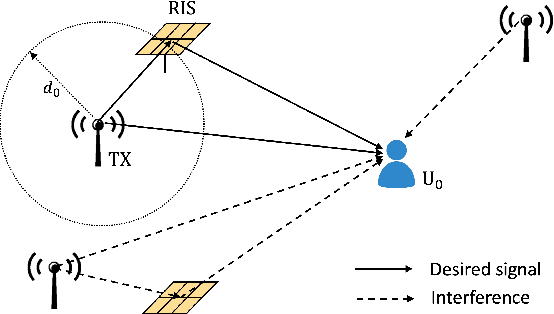
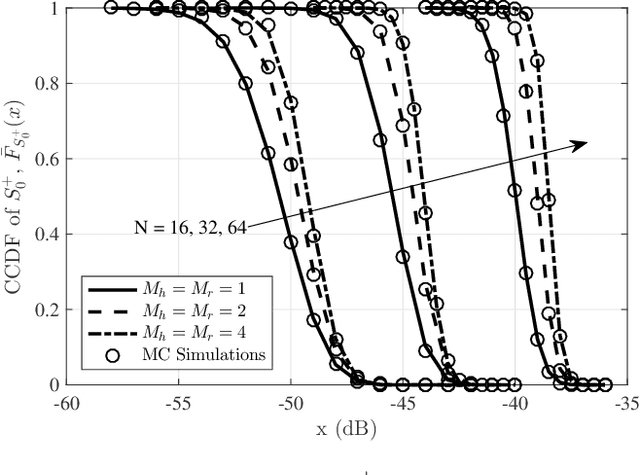
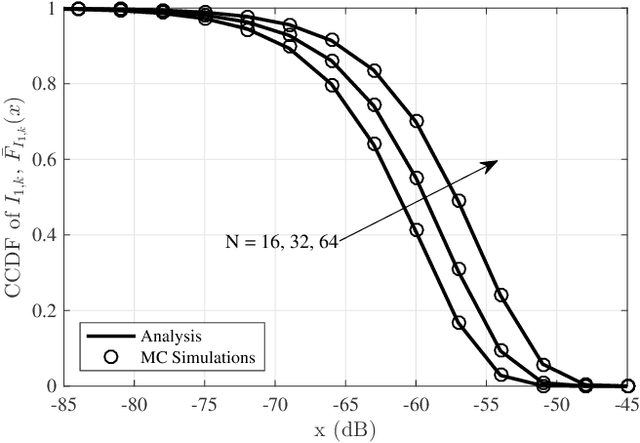
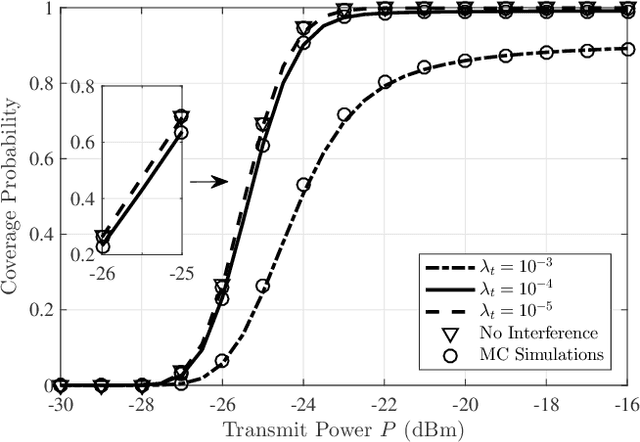
Abstract:In this paper, we investigate the performance of a reconfigurable intelligent surface (RIS) assisted large-scale network by characterizing the coverage probability and the average achievable rate using stochastic geometry. Considering the spatial correlation between transmitters (TXs) and RISs, their locations are jointly modelled by a Gauss-Poisson process (GPP). Two association strategies, i.e., nearest association and fixed association, are both discussed. For the RIS-aided transmission, the signal power distribution with a direct link is approximated by a gamma random variable using a moment matching method, and the Laplace transform of the aggregate interference power is derived in closed form. Based on these expressions, we analyze the channel hardening effect in the RIS-assisted transmission, the coverage probability, and the average achievable rate of the typical user. We derive the coverage probability expressions for the fixed association strategy and the nearest association strategy in an interference-limited scenario in closed form. Numerical results are provided to validate the analysis and illustrate the effectiveness of RIS-assisted transmission with passive beamforming in improving the system performance. Furthermore, it is also unveiled that the system performance is independent of the density of TXs with the nearest association strategy in the interference-limited scenario.
Performance Analysis of IOS-Assisted NOMA System with Channel Correlation and Phase Errors
Dec 21, 2021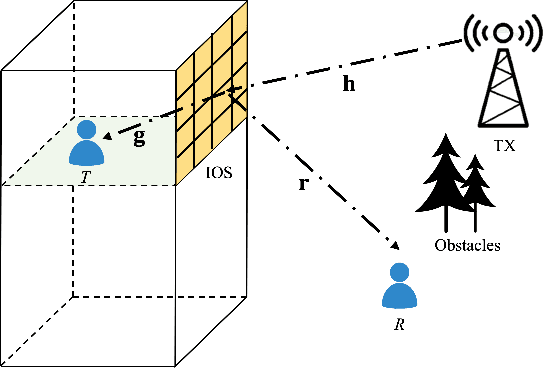
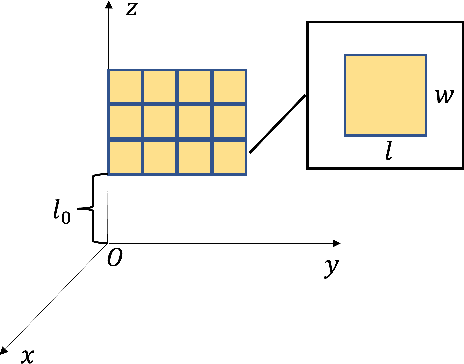
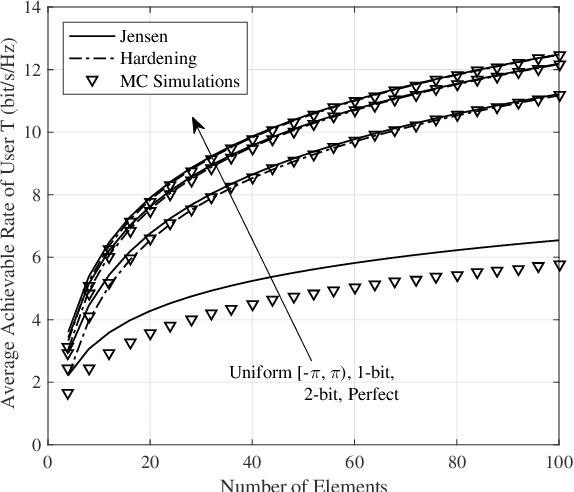
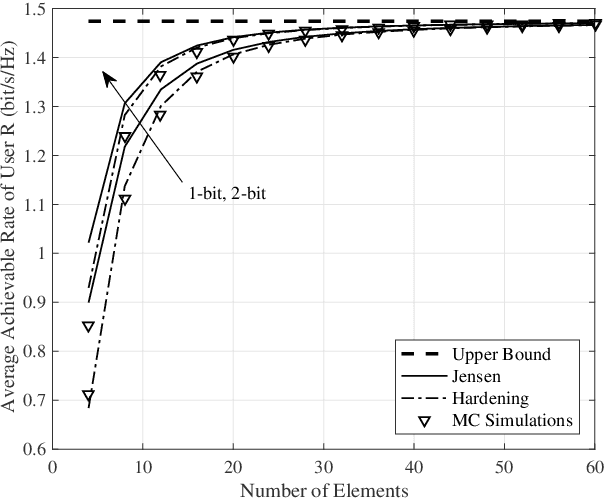
Abstract:In this paper, we investigate the performance of an intelligent omni-surface (IOS) assisted downlink non-orthogonal multiple access (NOMA) network with phase quantization errors and channel estimation errors, where the channels related to the IOS are spatially correlated. First, upper bounds on the average achievable rates of the two users are derived. Then, channel hardening is shown to occur in the proposed system, based on which we derive approximations of the average achievable rates of the two users. The analytical results illustrate that the proposed upper bound and approximation on the average achievable rate of the strong user are asymptotically equivalent in the number of elements. Furthermore, it is proved that the average achievable rates with correlated and uncorrelated channels are asymptotically equivalent for a large number of elements. Simulation results corroborate the theoretical analysis and show that the channel hardening effect appears even for a few elements. The impact of channel correlation on the system performance in terms of average achievable rates is negligible for a large number of elements.
 Add to Chrome
Add to Chrome Add to Firefox
Add to Firefox Add to Edge
Add to Edge